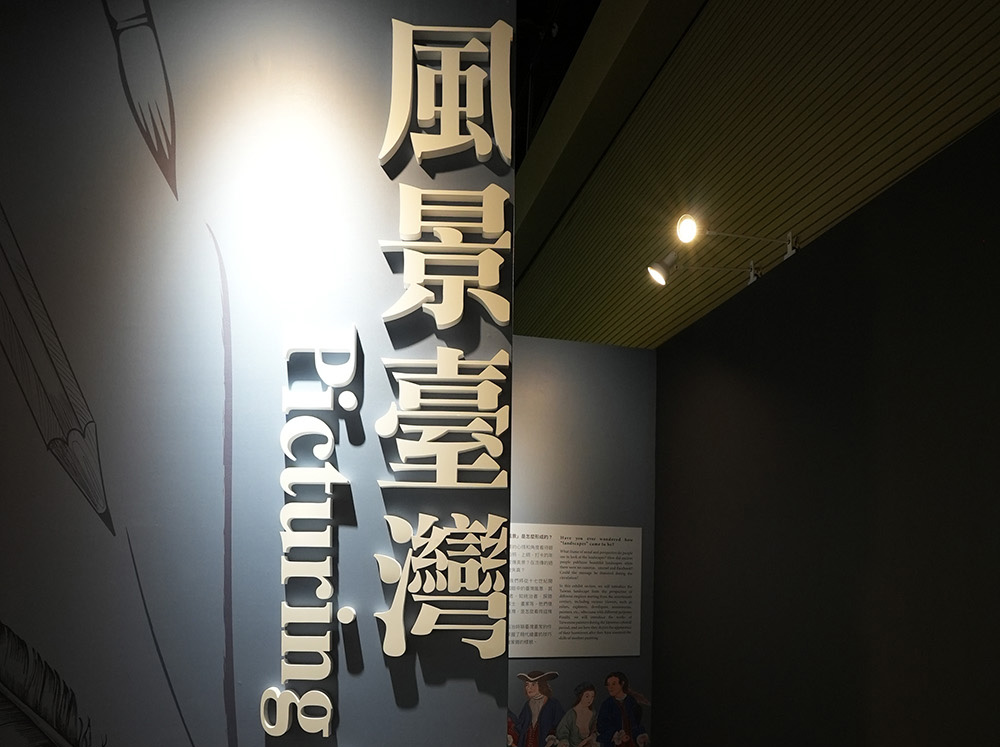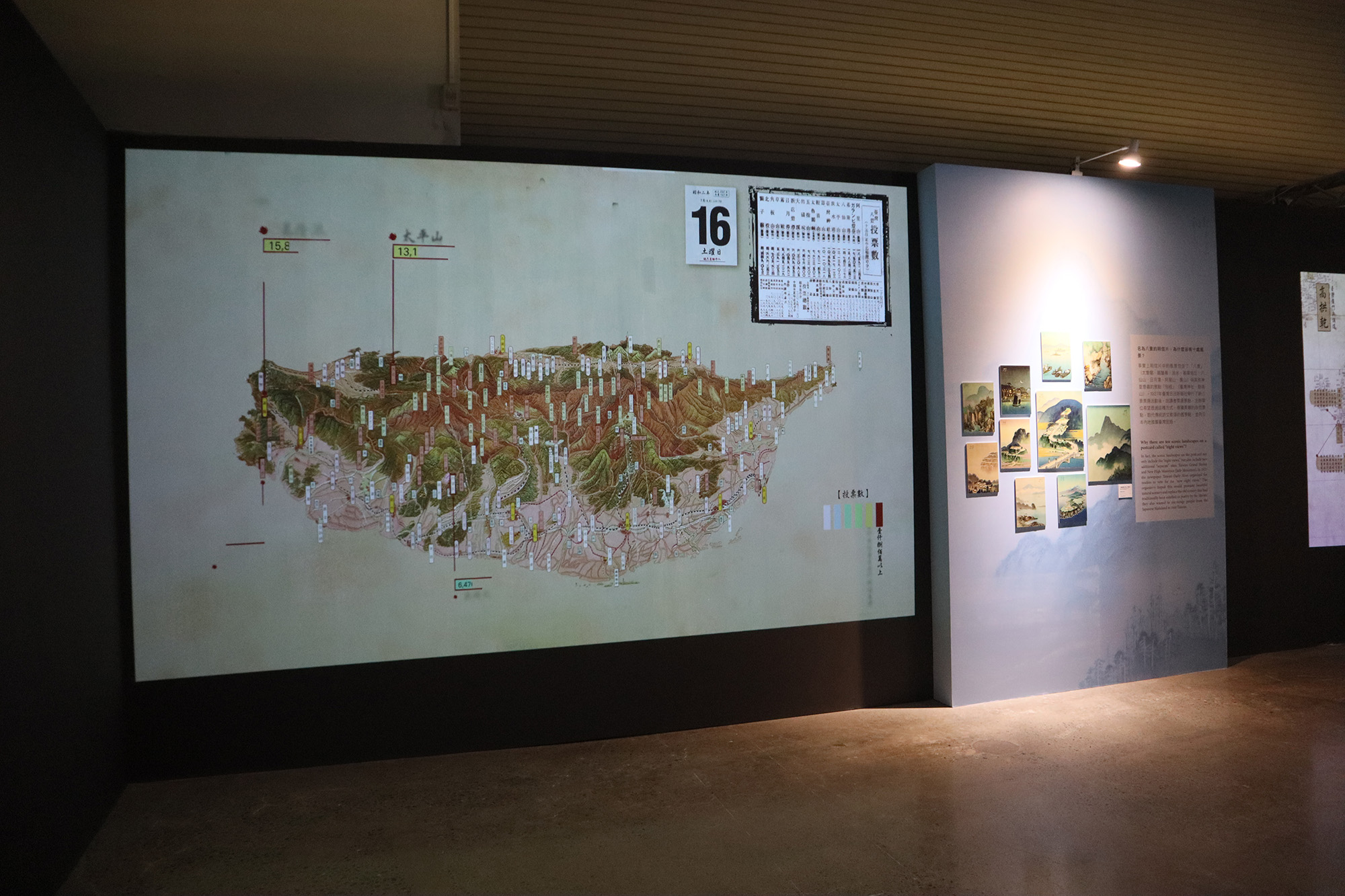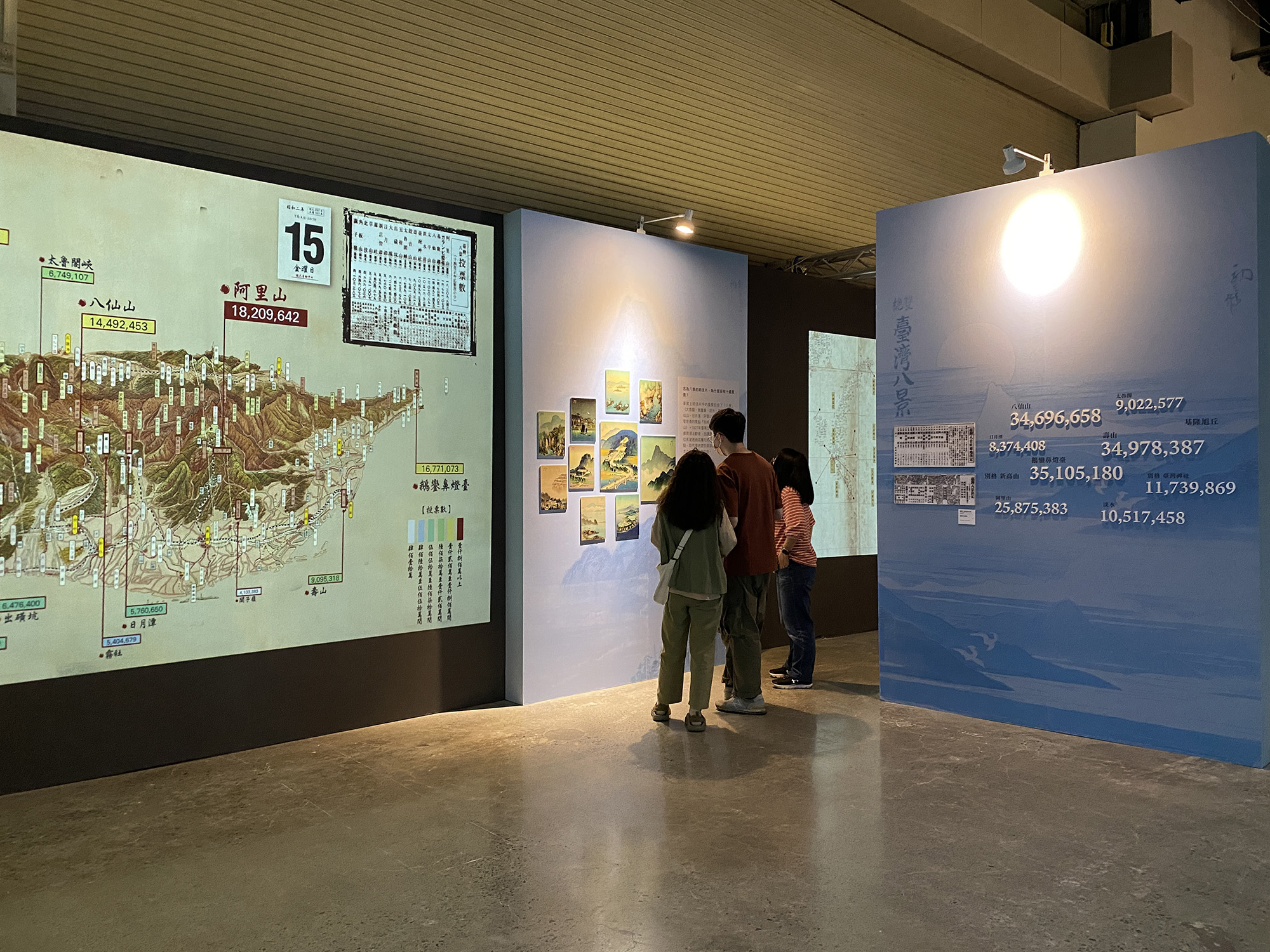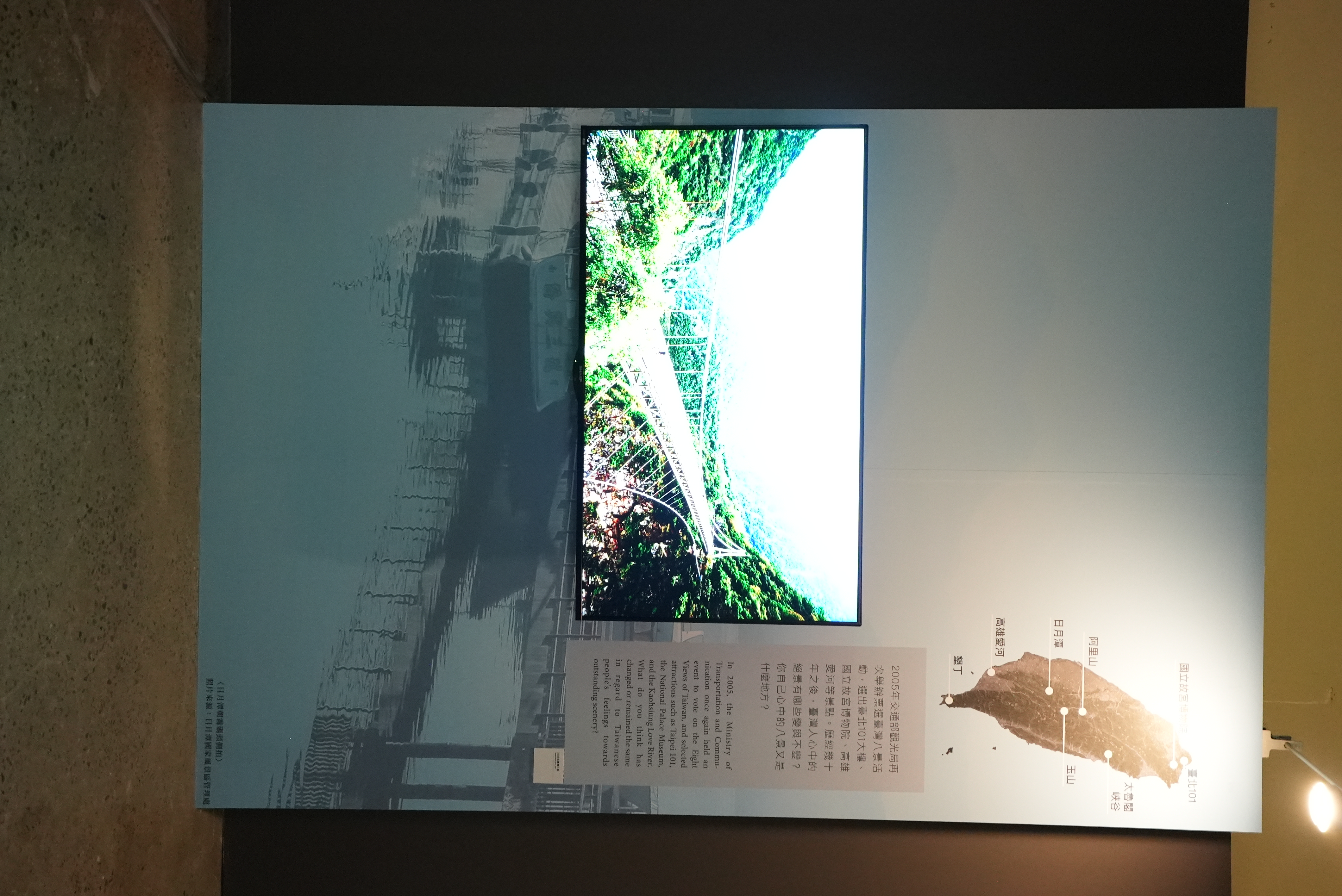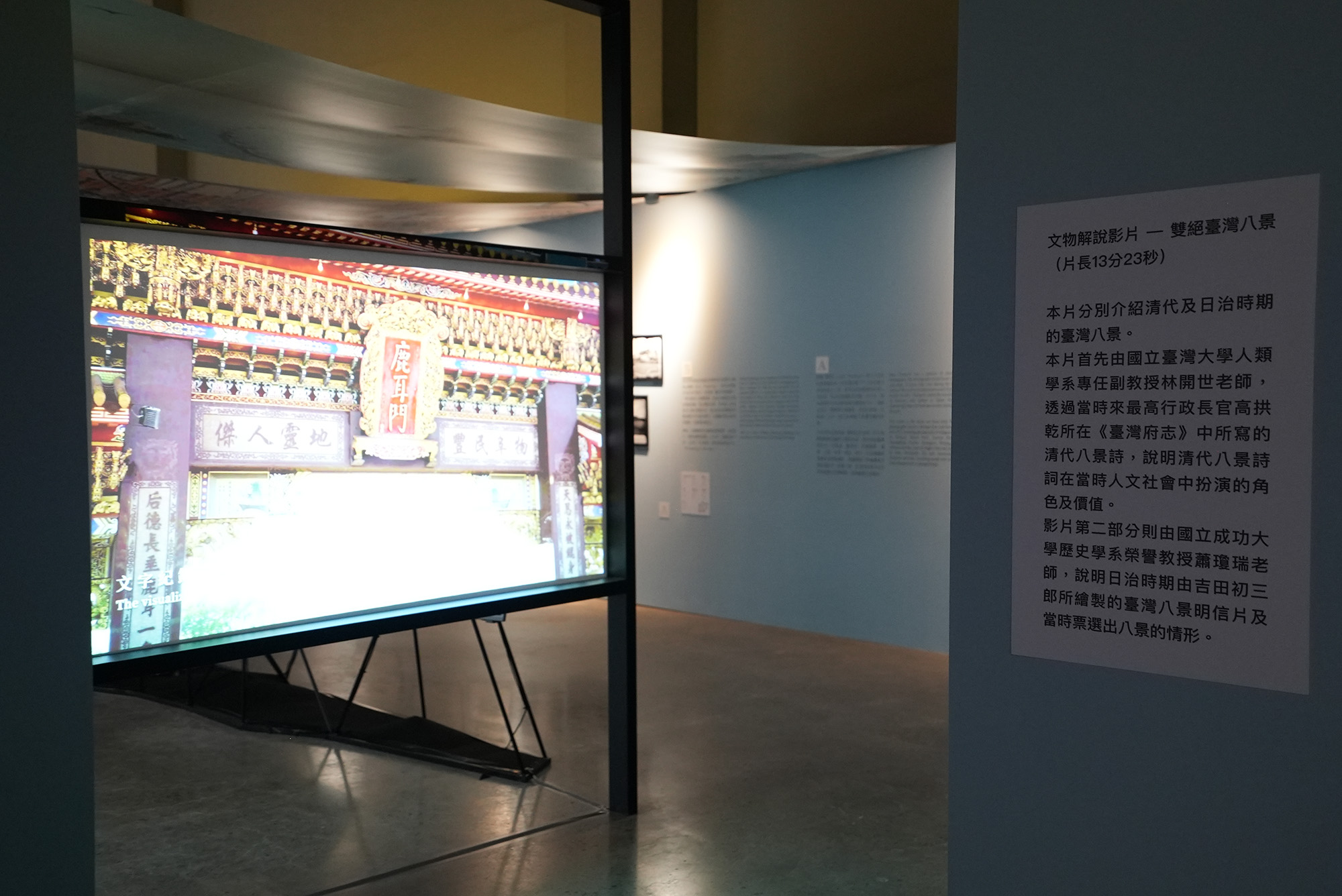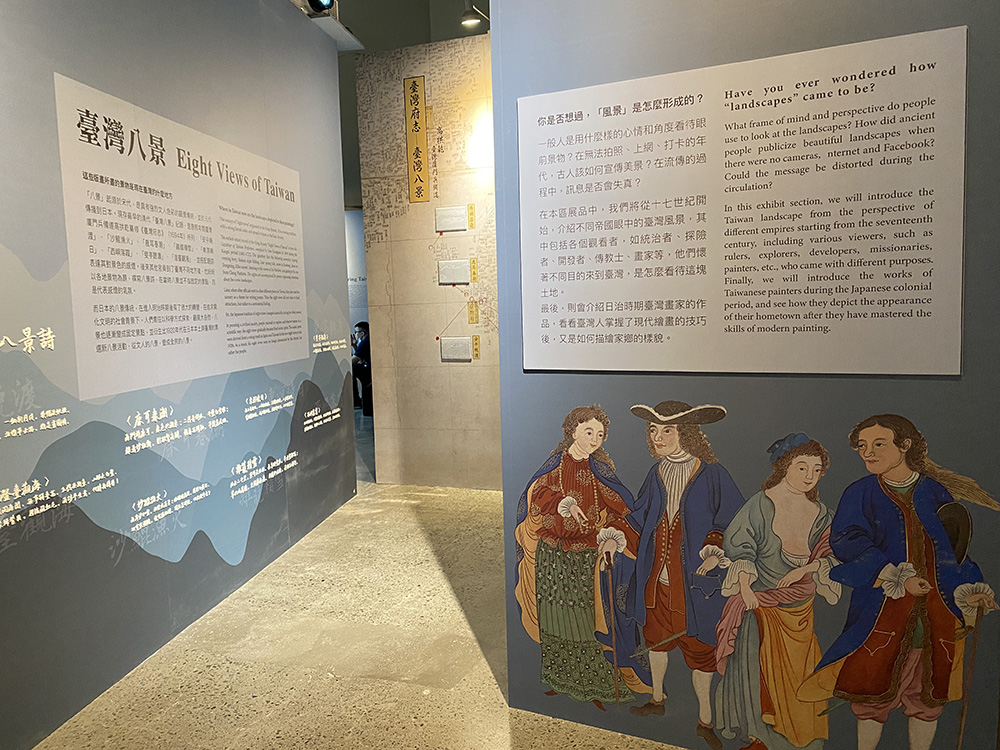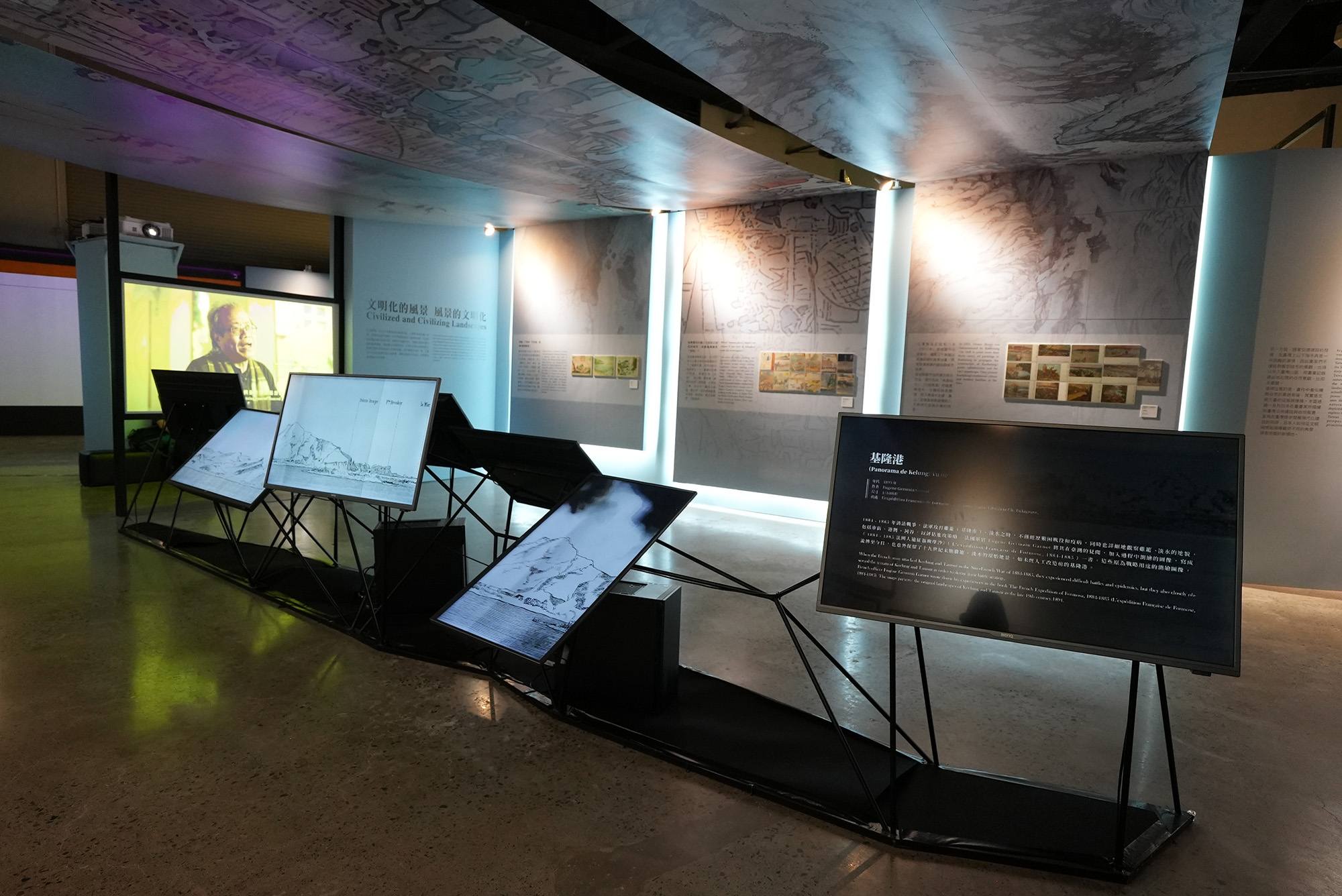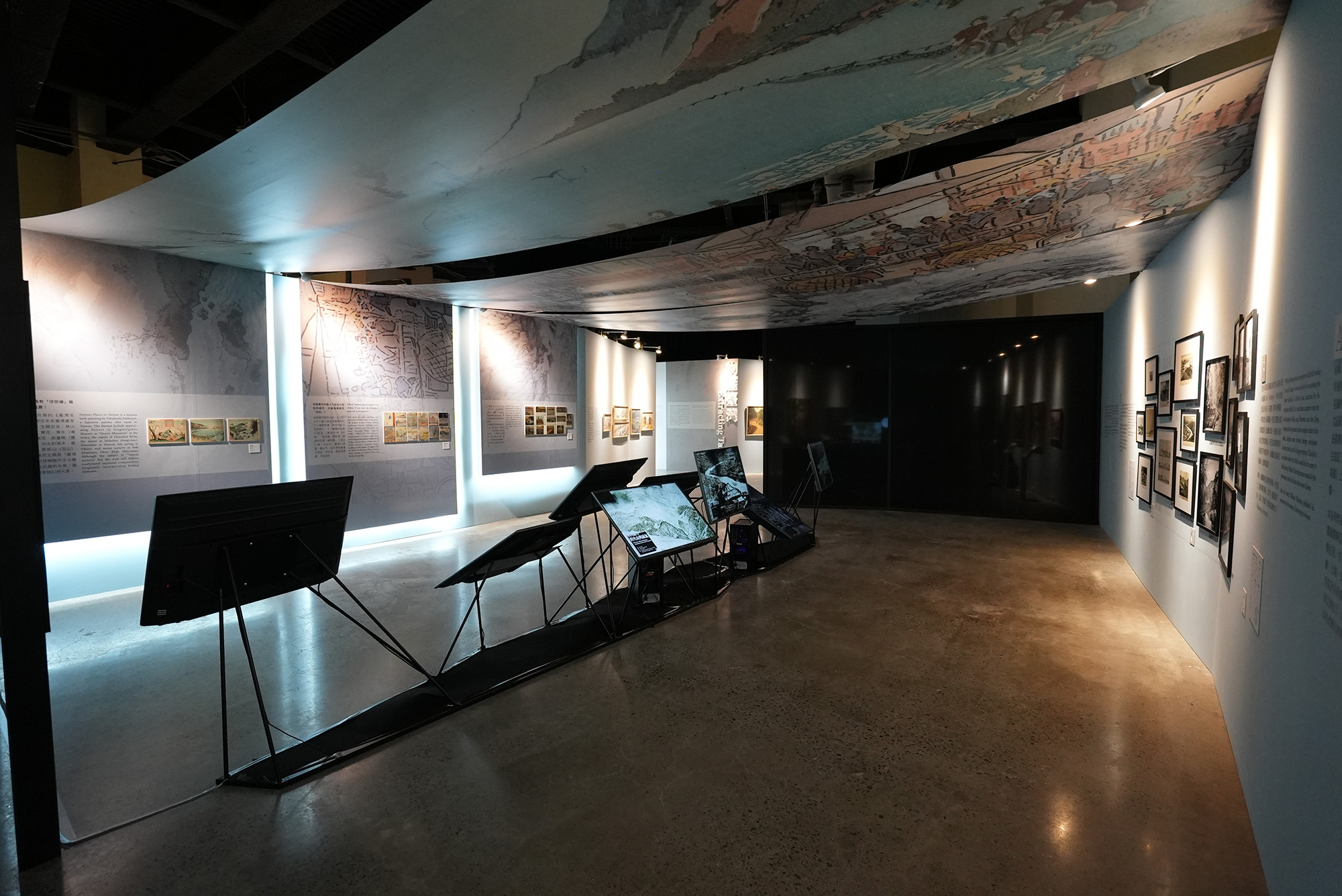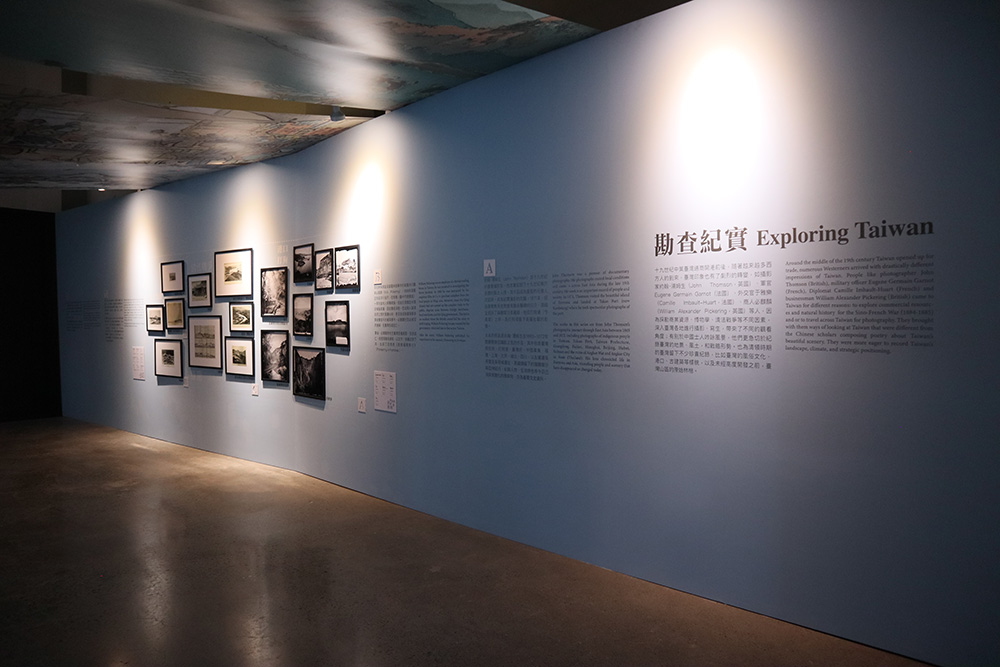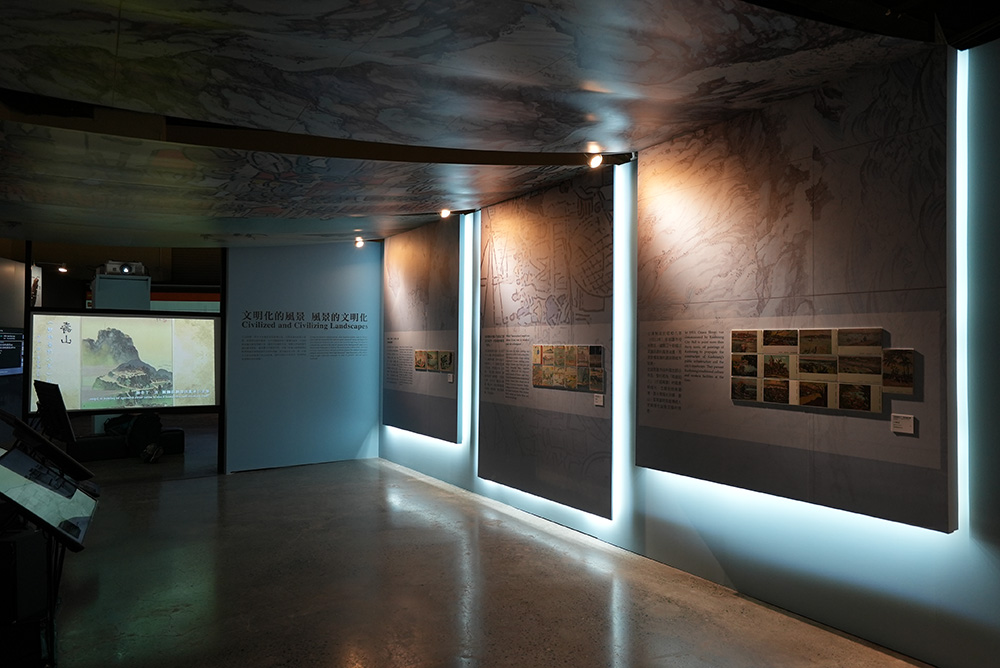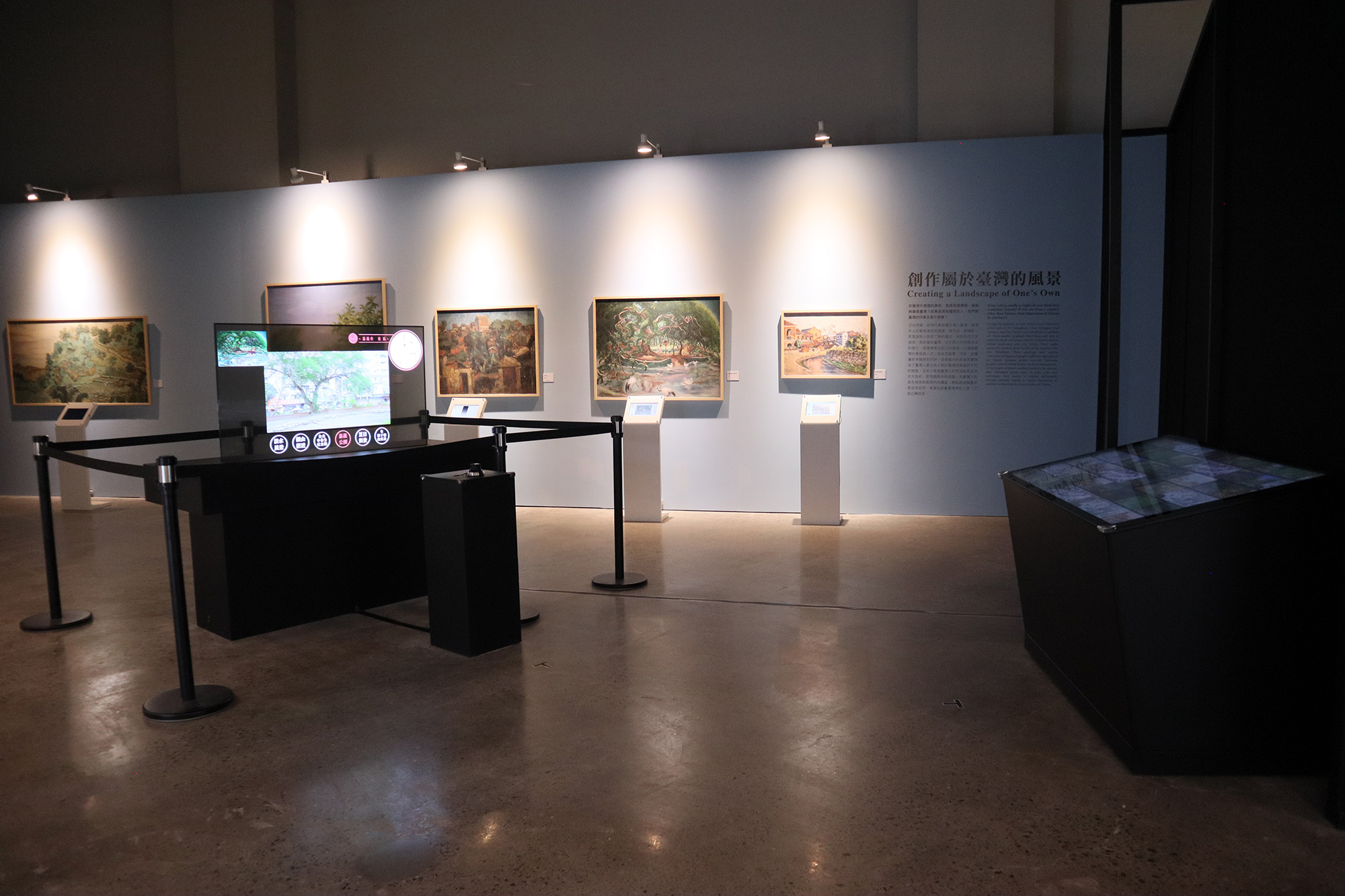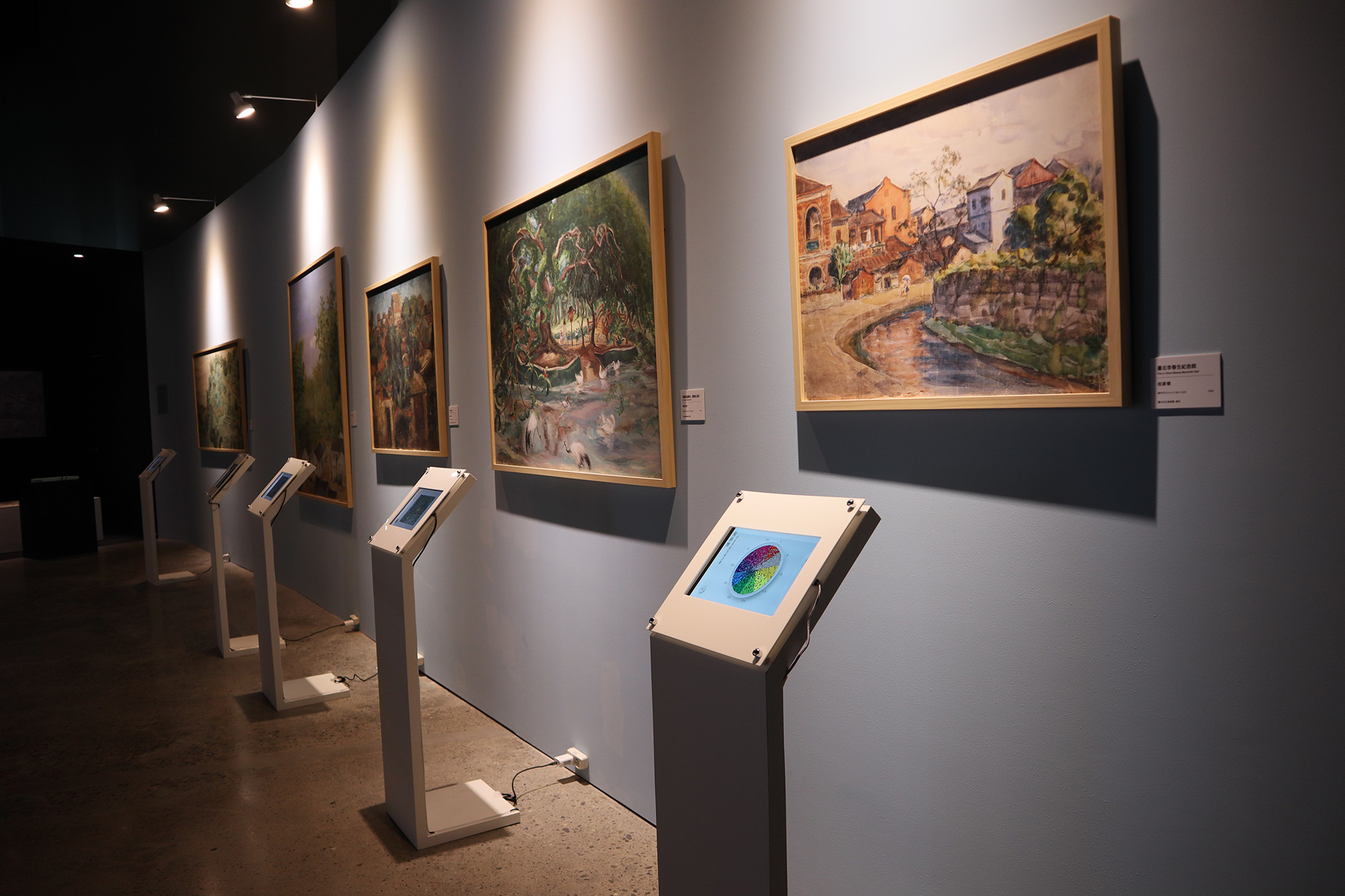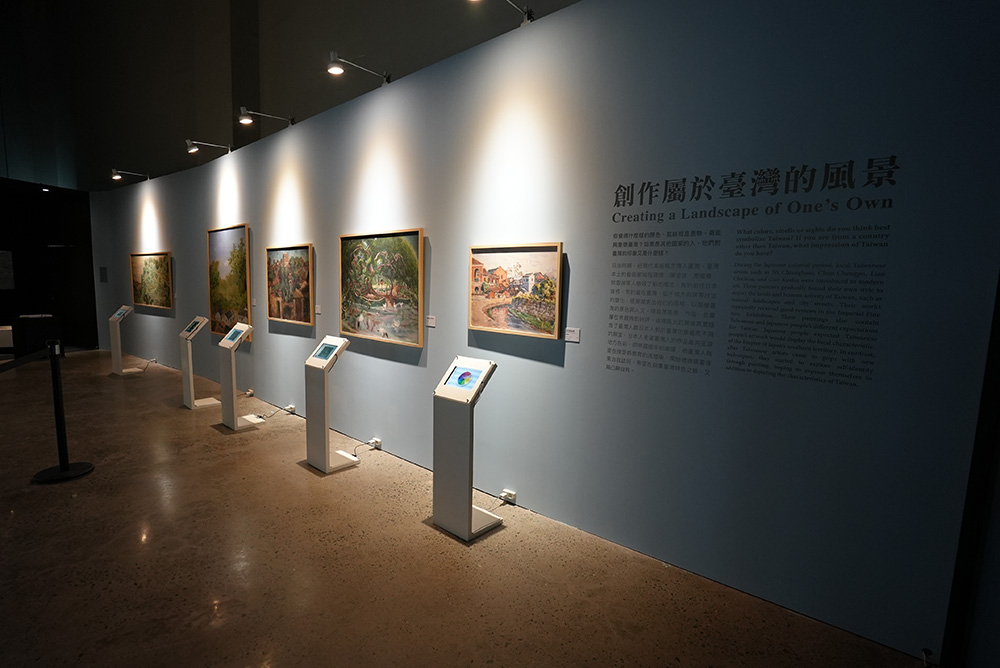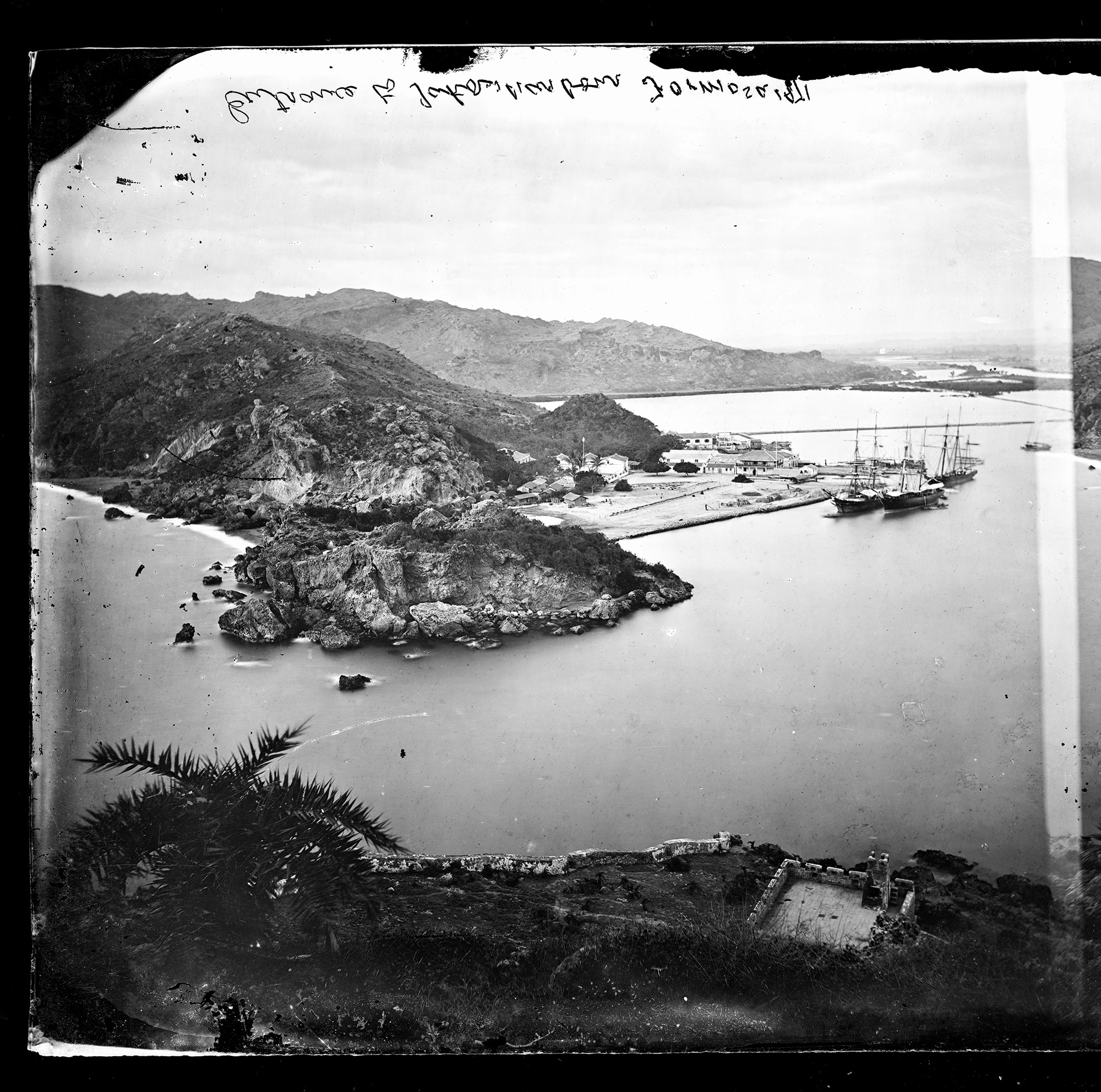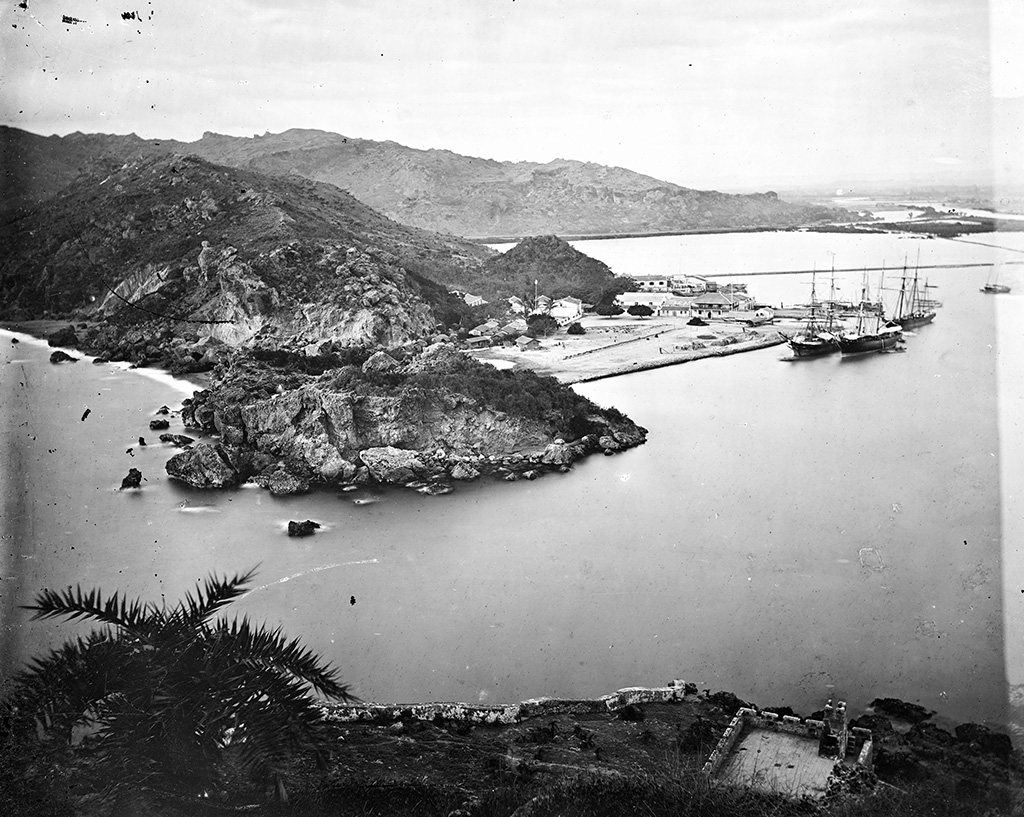Picturing Taiwan
Have you ever wondered how "landscapes" came to be?
What frame of mind and perspective do people use to look at the landscapes? How did ancient people publicize beautiful landscapes when there were no cameras, Internet and Facebook? Could the message be distorted during the circulation? In this exhibit section, we will introduce the Taiwan landscape from the perspective of different empires starting from the seventeenth century, including various viewers, such as rulers, explorers, developers, missionaries, painters, etc., who came with different purposes.
Finally, we will introduce the works of Taiwanese painters during the Japanese colonial period, and see how they depict the appearance of their hometown after they have mastered the skills of modern painting.
Records of Exploration in Taiwan
Around the middle of the 19th century Taiwan opened up for trade, numerous Westerners arrived with drastically different impressions of Taiwan. People like photographer John Thomson (British), military officer Eugène Germain Garnot (French), Diplomat Camille Imbault-Huart (French) and businessman William Alexander Pickering (British) came to Taiwan for different reasons: to explore commercial resources and natural history, for the Qing-French War (1884-1885) and or to travel across Taiwan for photography. They brought with them ways of looking at Taiwan that were different from the Chinese scholars composing poetry about Taiwan's beautiful scenery. They were more eager to record Taiwan's landscape, climate, and strategic positioning.
- Takao Harbour
- Dimensions: 101.5X105.5 cm
- Historical Period(s): 1871
- Maker(s)/Artist: John Thomson
- Collection: Kaohsiung Museum of Art
John Thomson was a pioneer of documentary photography. His photographs record local conditions and customs across East Asia during the late 19th century. His work is an important record of people and society. In 1871, Thomson visited the beautiful island of Formosa and landed at Takao Port (now Kaohsiung) where he took spectacular photographs of the port.
The works in this series are from John Thomson's photographic journey through East Asia between 1865 and 1872, including photographs of indigenous people in Taiwan, Takao Port, Taiwan Prefecture, Guangdong, Fujian, Shanghai, Beijing, Hubei, Sichuan and the ruins of Angkor Wat and Angkor City in Siam (Thailand). His lens chronicled life in Formosa and Asia, recording people and scenery that have disappeared or changed today.











